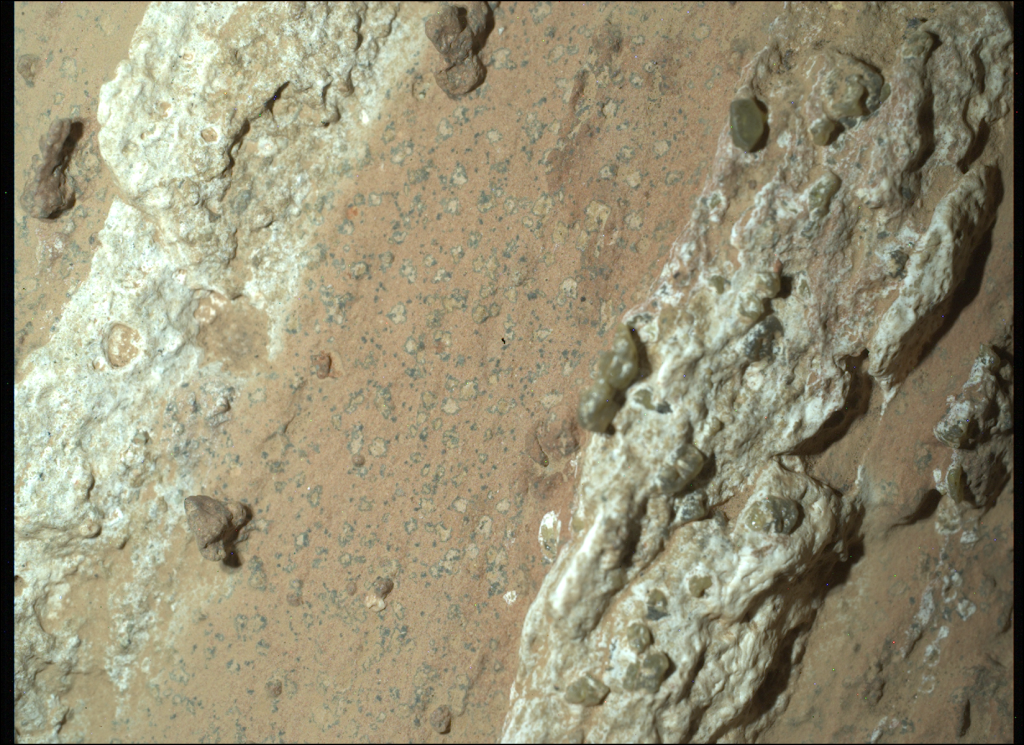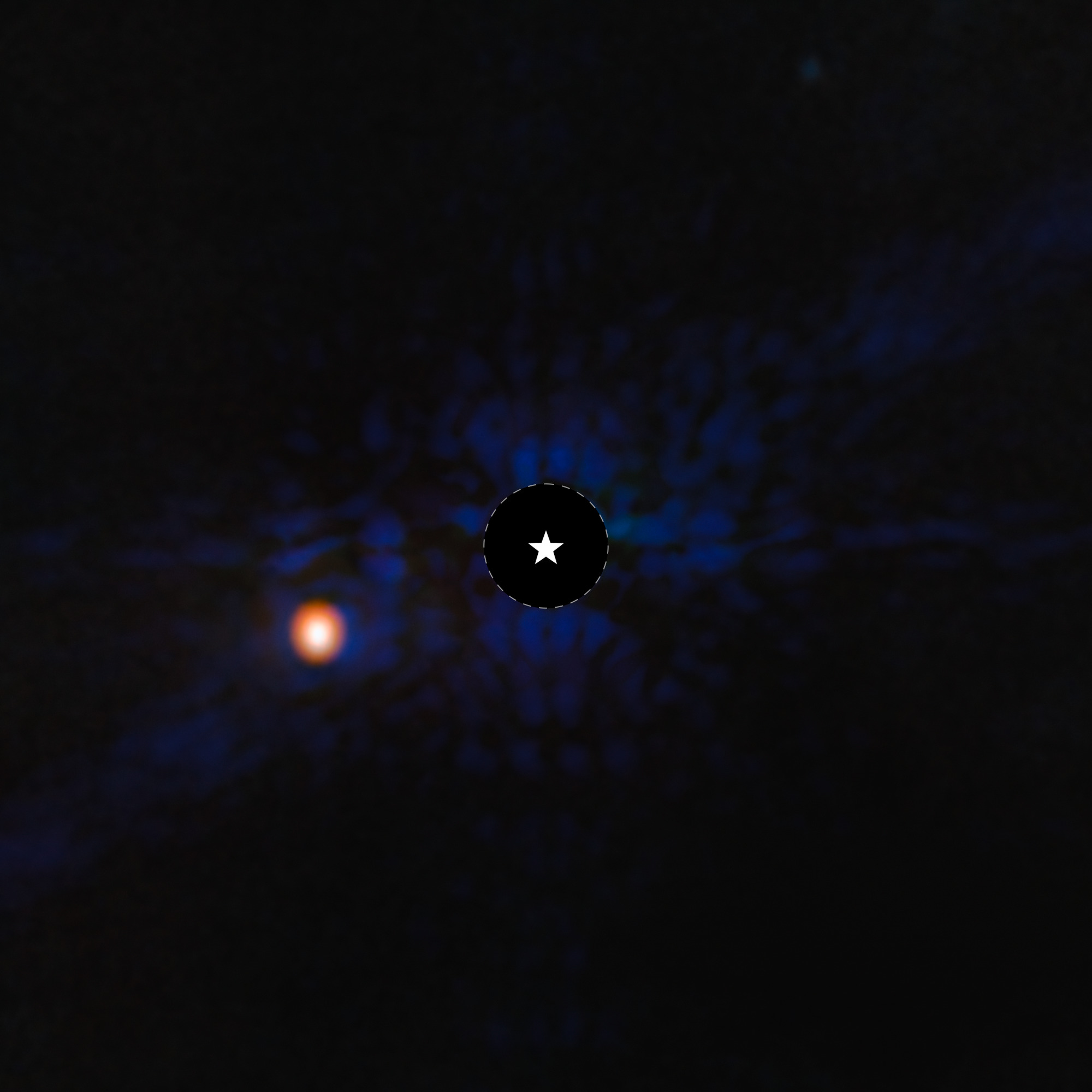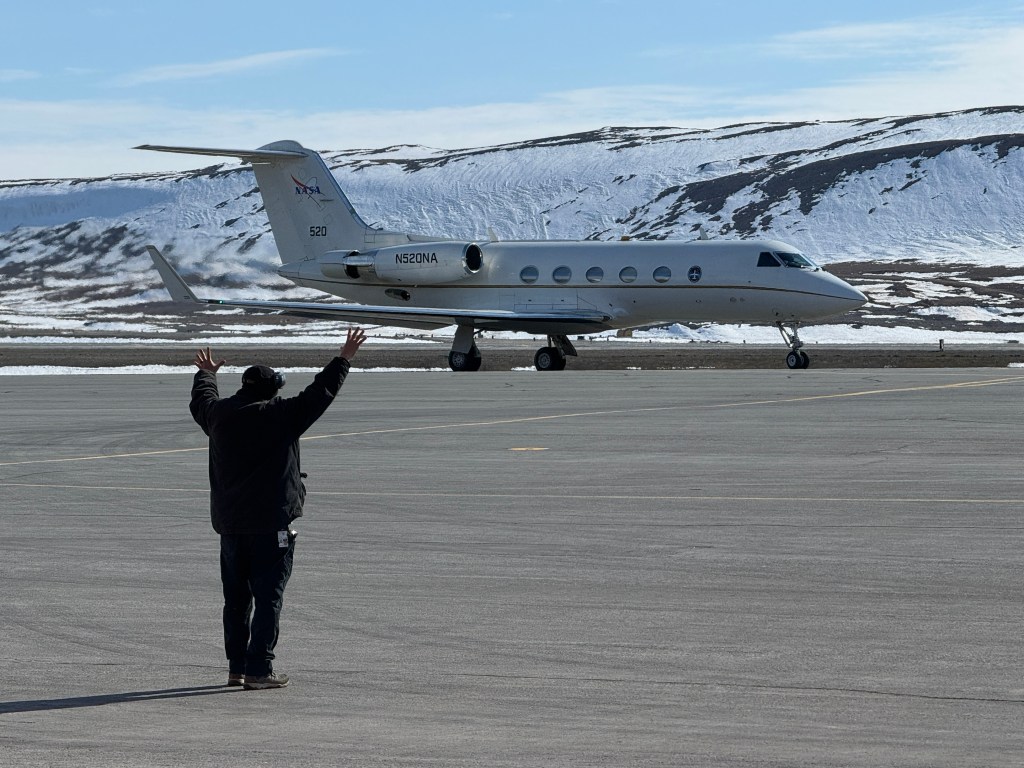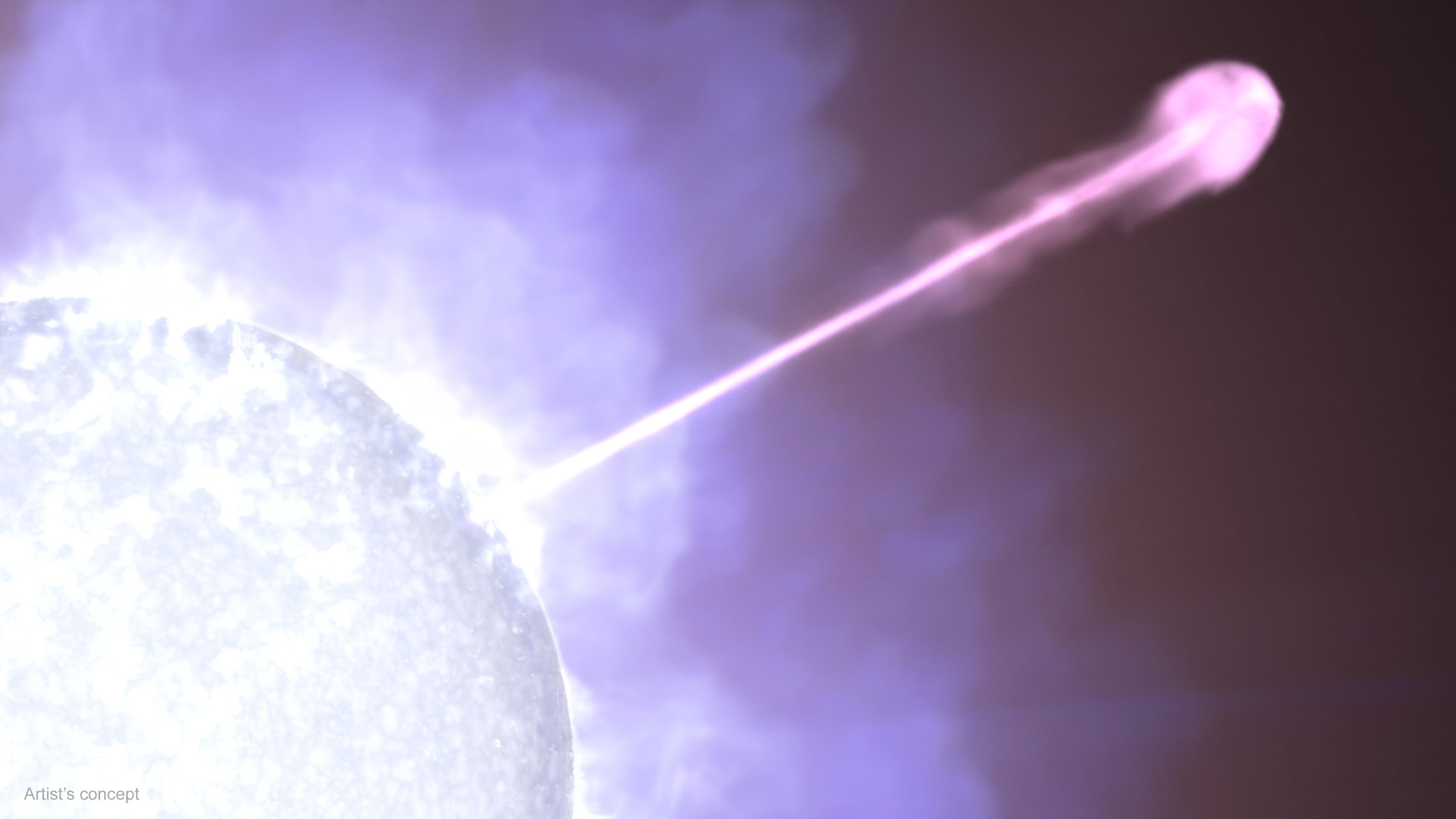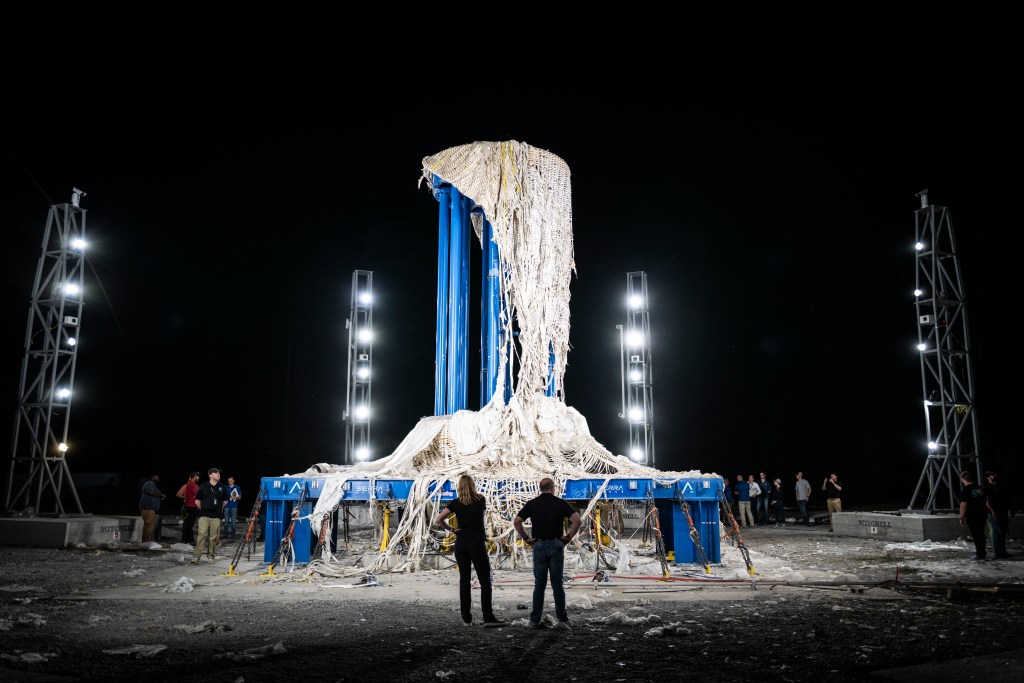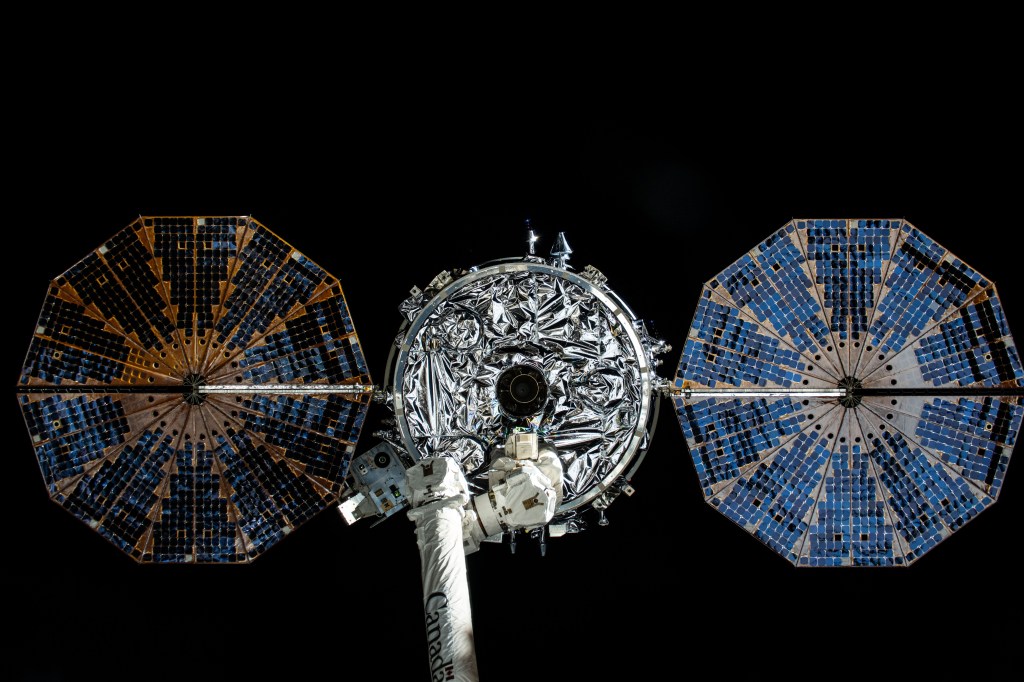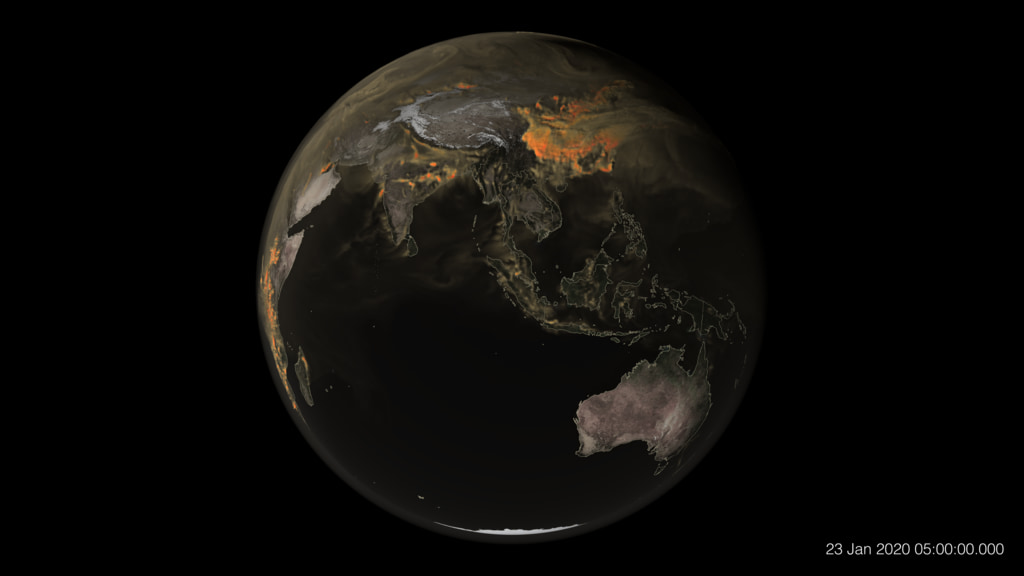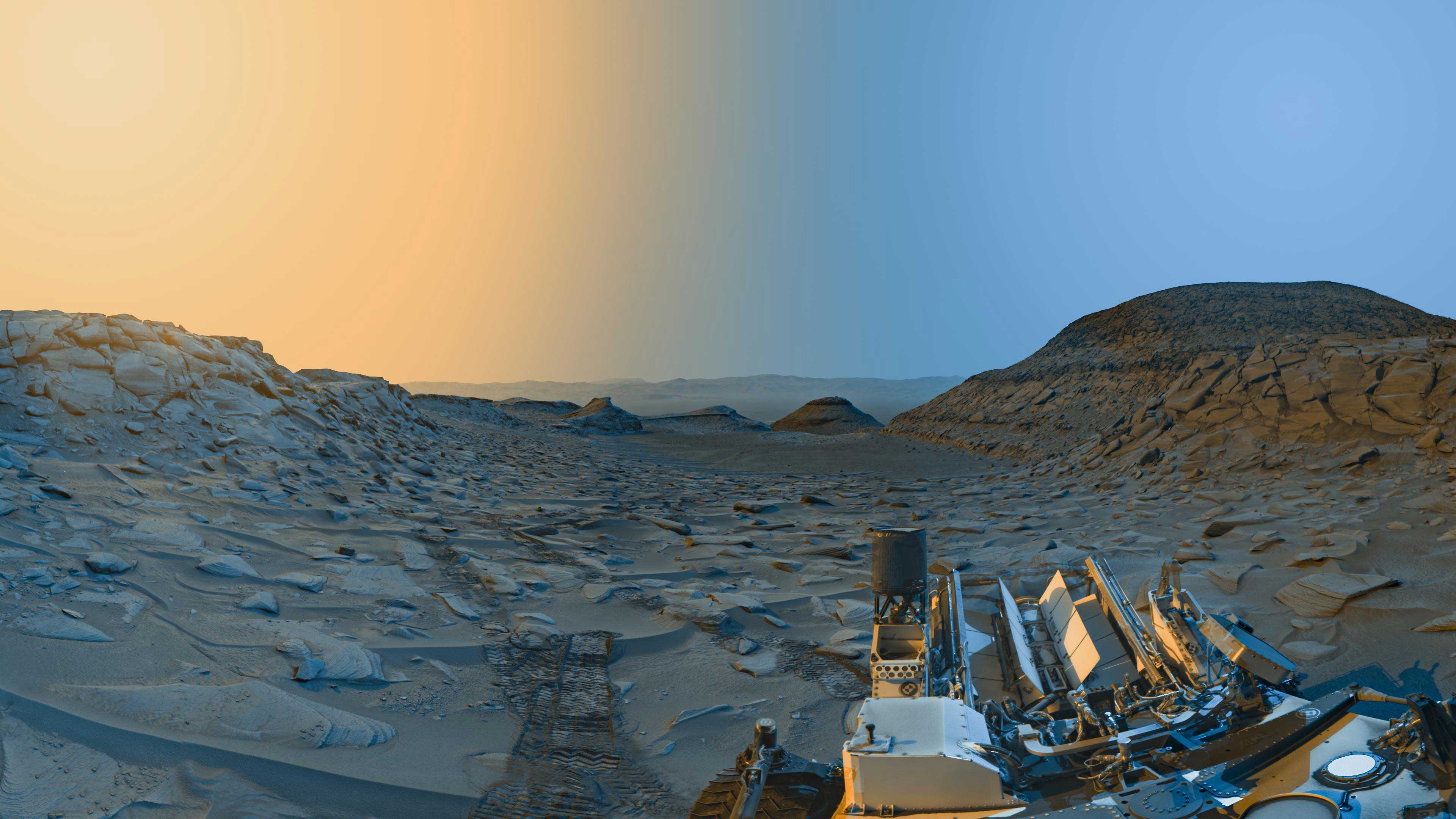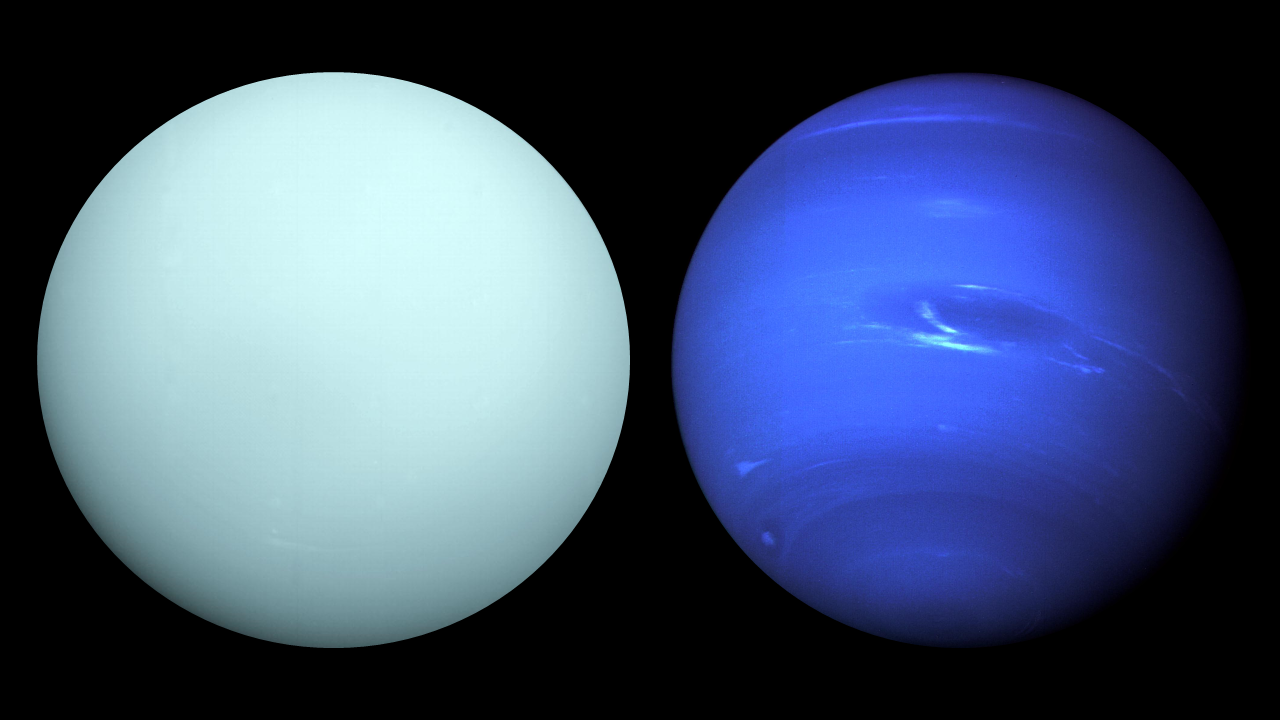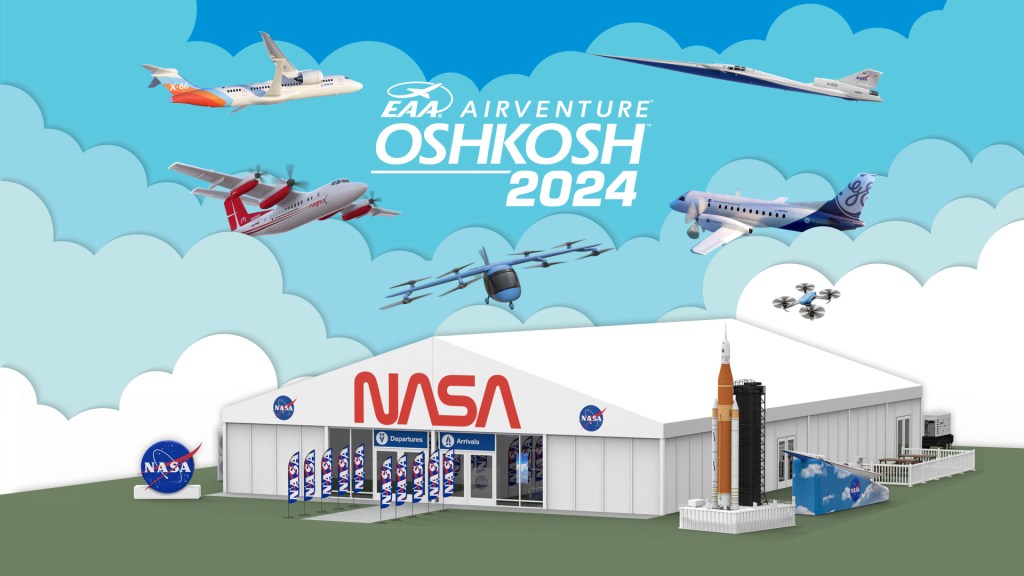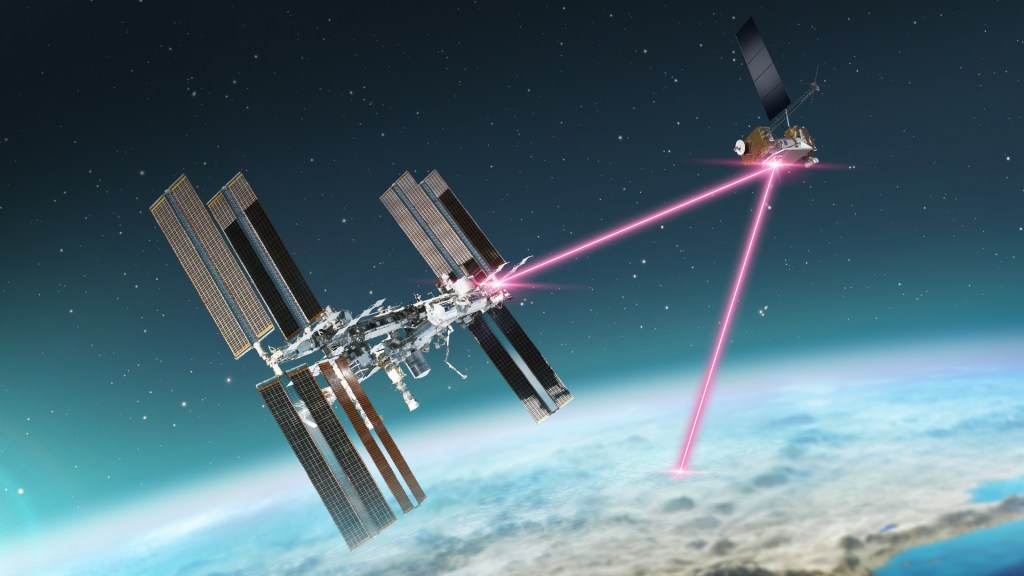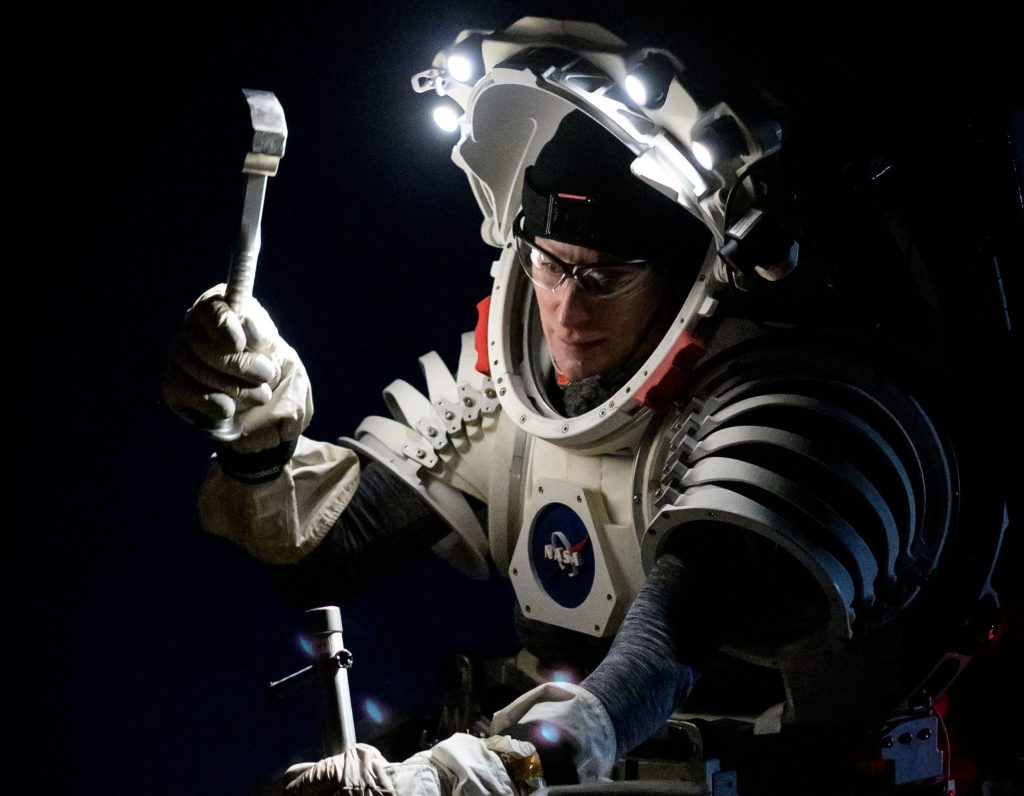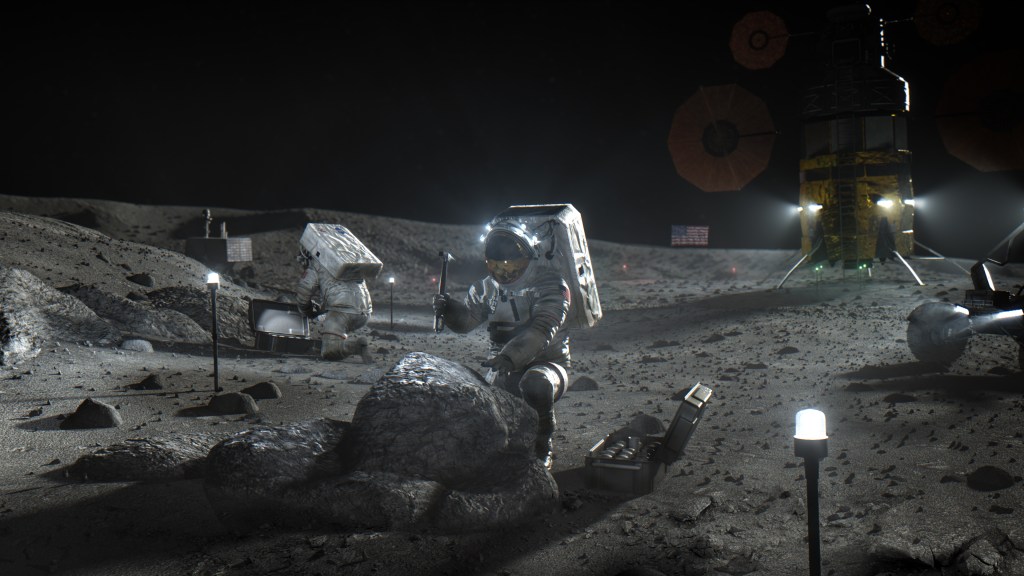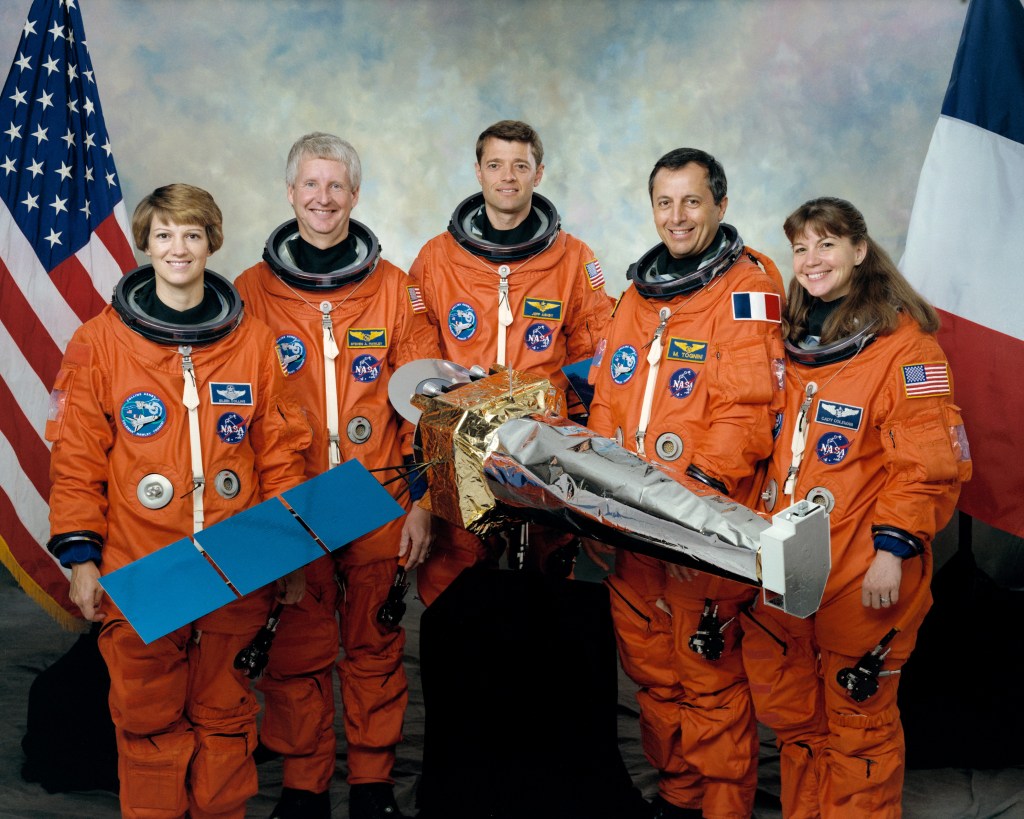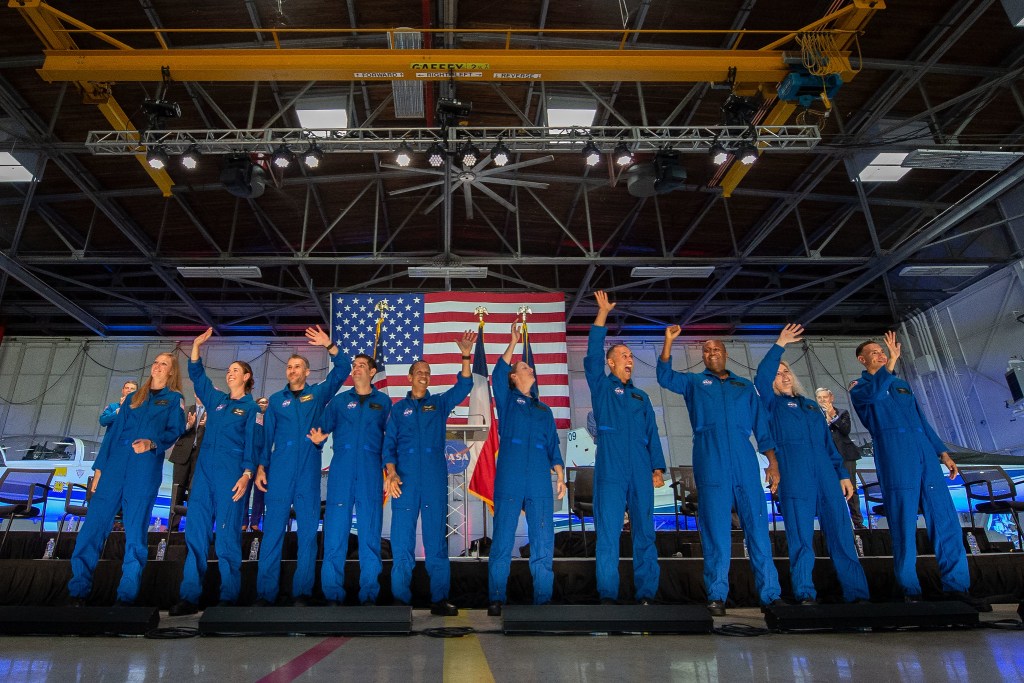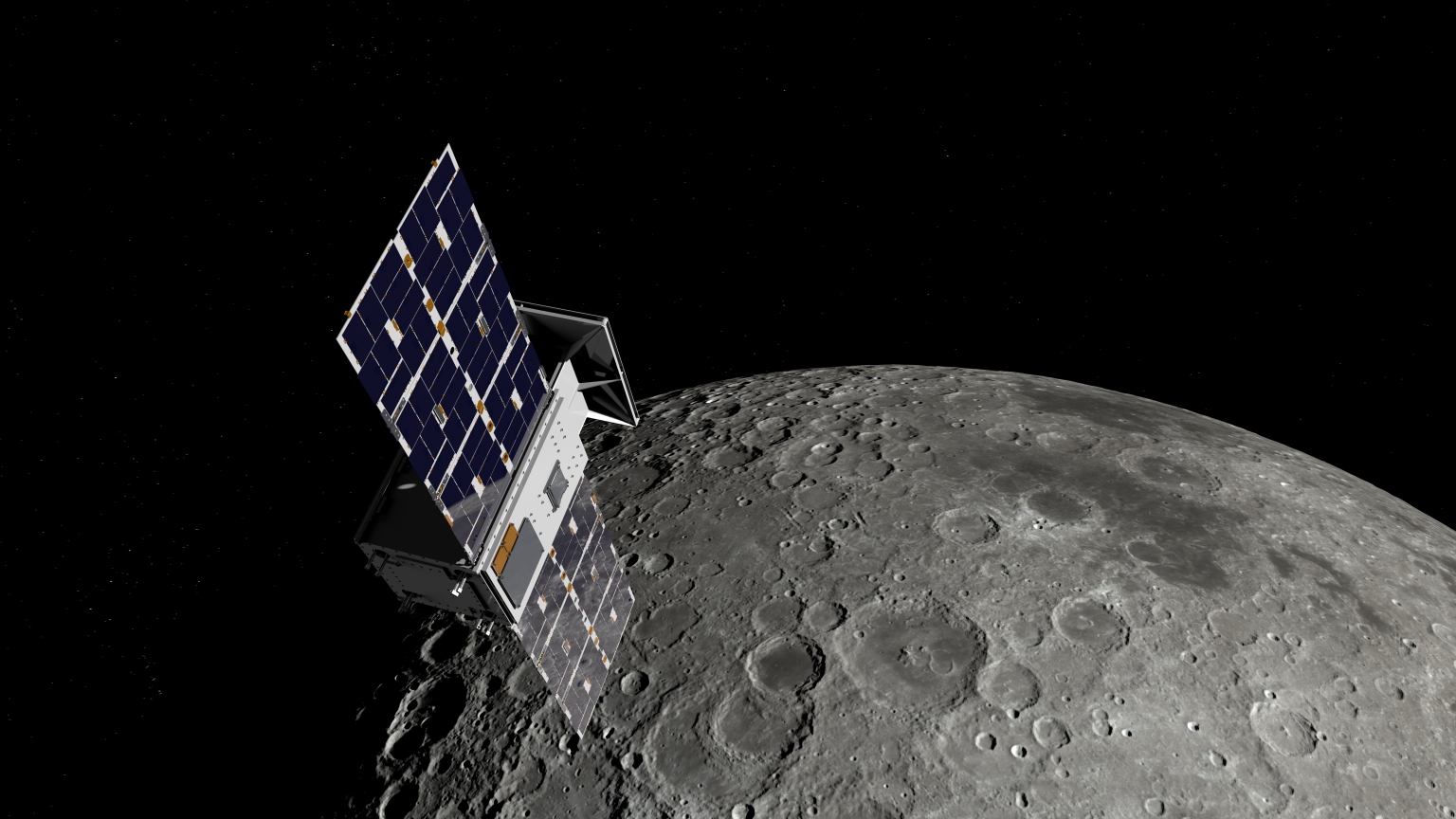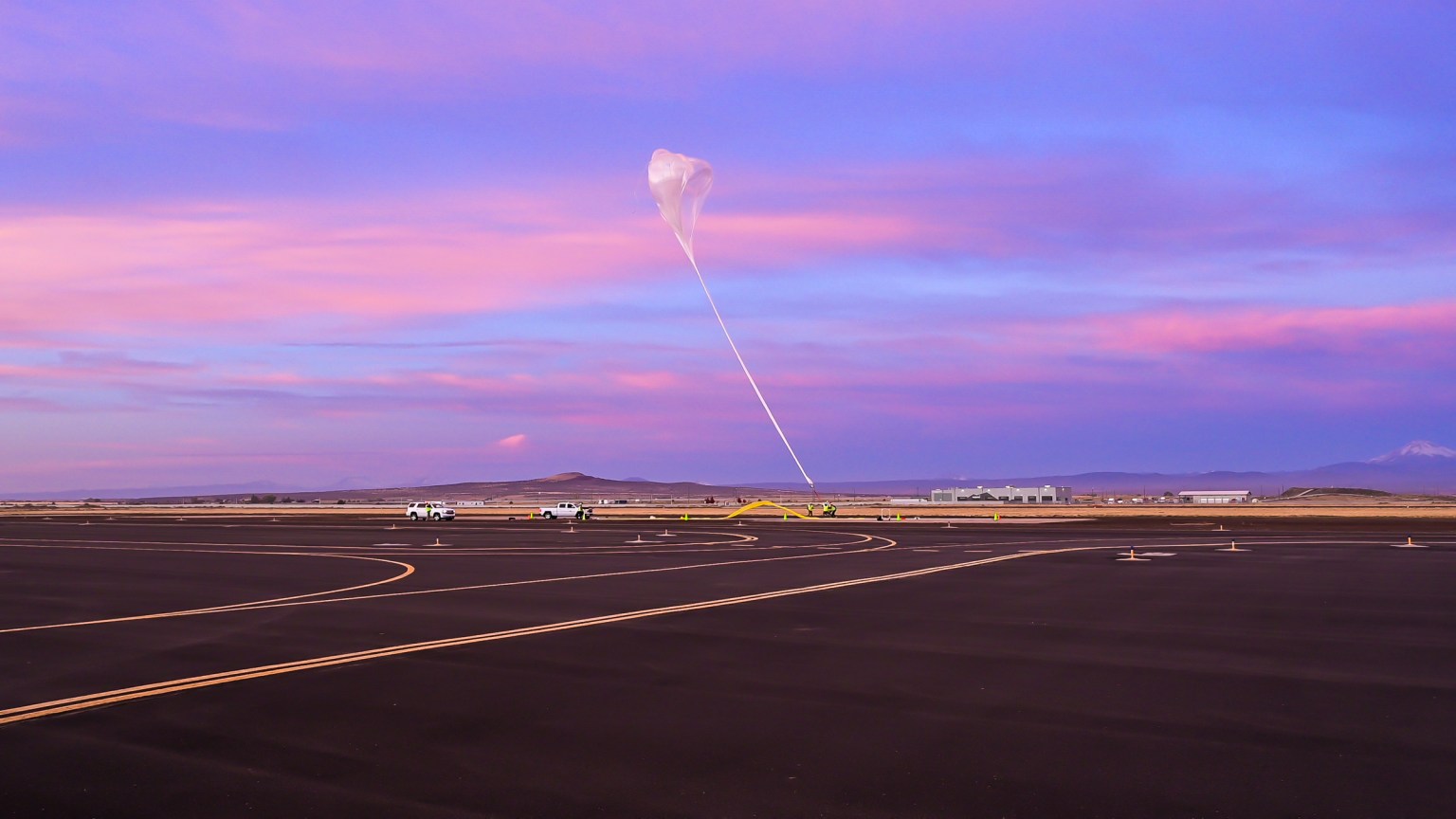State-of-the-Art of Small Spacecraft Technology
Welcome to the new online home of the 2023 NASA State-of-the-Art Small Spacecraft Technology report. For SOA related inquiries, please email: arc-sst-soa@mail.nasa.gov.
Download 2023 State-of-the-Art Report
Change Summary
| Published Date | Edition | Chapter | Description of Changes |
| February 2024 | 2023 | Complete Spacecraft Platforms | All technology tables updated. |
| Power | The Solar Panel section in the Power chapter was updated. | ||
| In-space Propulsion | All three major sections (Chemical, Electric, and Propellant-less) were updated to reflect the surge of commercial propulsion technologies. | ||
| GNC | Edits pending next edition. | ||
| Structures, Materials, and Mechanisms | The Mechanisms and Primary Structures sections updated. | ||
| Thermal Control | New passive and active technology tables included. | ||
| SmallSat Avionics | On-board Computing Systems table updated. | ||
| Communications | Edits pending next edition. | ||
| Launch, Integration, Deployment, and Orbital Transport | A new OMV section included with information on reusable in-space servicing vehicles. | ||
| Ground Data Systems and Mission Operations | Updated content in Ground Segment Services, Ground Station Components, Ground Data and Supporting Systems sections. | ||
| ID and Tracking | Minor edits throughout chapter. | ||
| Deorbit Systems | New Orbital Debris Regulations section included; Drag Sail table and Passive and Active sections updated. | ||
Preface
When the first edition of NASA’s Small Spacecraft Technology State-of-the-art report was published in 2013, 247 CubeSats and 105 other non-CubeSat small spacecraft under 50 kilograms (kg) had been launched worldwide, representing less than 2% of launched mass into orbit over multiple years. Since 2013, the fight heritage for small spacecraft has greatly increased as they have become the primary source to space access for commercial, government, private, and academic institutions. Since the last edition of this report released in 2022, there has been an influx of constellations of mini-class small spacecraft with a mass 201 – 600 kg (1).
This report is updated annually to capture the wealth of new information on publicly available small spacecraft systems from NASA and other sources. While updates in all chapters reflect growth in the small spacecraft market, a concerted effort was made to update areas with recent technology developments that may ultimately bridge existing technology gaps. The organizational approach for each chapter has matured over the years to capture not only the development status of current state-of-the-art SmallSat technologies, but to also distill design considerations for the reader to consider when identifying components for their mission. Chapter organization includes an introduction of the technology, current development status of the technology’s procurable systems, and summary tables of technologies surveyed. The content in each chapter is uniquely organized to present a mini-stand-alone report on the spacecraft subsystem, and information from previous editions are updated with new and maturating technologies and reference missions if applicable. Lastly, the authors tried to use the terms “SmallSat,” “microsatellite,” “nanosatellite,” and “CubeSat” in a consistent manner, even as these terms are often used interchangeably in the space industry.
Content in this edition is based on data available by September 2023; it only contains information on SmallSat technology and does not include instrumentation or science payloads. Information presented in this report is limited to publicly available material and cannot reflect major advances in development that are not publicly disclosed. We encourage any opportunity to publish mission outcomes and technology development milestones (e.g., via conference papers, press releases, company website) so they can be reflected in this report. Overall, this report is a survey of small spacecraft technologies sourced from open literature; it does not endeavor to be an original source, and only considers literature in the public domain to identify and classify devices. Commonly used sources for data include manufacturer datasheets, press releases, conference papers, journal papers, public filings with government agencies, news articles, presentations, the compendium of databases accessed via NASA’s Small Spacecraft Systems Virtual Institute (S3VI) Information Search, and engagement with companies. Data not appropriate for public dissemination, such as proprietary, export controlled, or otherwise restricted data, are not considered. As a result, this report includes many dedicated hours of desk research performed by subject matter experts reviewing resources noted above.
This report should not be considered as a comprehensive overview of all the technologies but a general overview for the current state-of-the-art SmallSat technologies and their development status. It should be noted that technology maturity designations may vary with change to payload, mission requirements, reliability considerations, and/or the environment in which performance was demonstrated. Readers are highly encouraged to reach out to companies for further information regarding the performance and maturity of the described technology.
A central element of this report is to list state-of-the-art technologies by NASA standard Technology Readiness Level (TRL) as defined by the 2020 NASA Engineering Handbook, found in NASA NPR 7123.1C NASA Systems Engineering Processes and Requirements. The authors have endeavored to independently verify the TRL value of each technology by reviewing and citing published test results or publicly available data to the best of their ability. Where test results and data disagree with vendors’ own advertised TRL, the authors have attempted to engage the vendors to discuss the discrepancy. Readers are strongly encouraged to follow the references cited in the literature describing the full performance range and capabilities of each technology. Readers of this report should reach out to individual companies to further clarify information. It is important to note that this report takes a broad system-level view. To attain a high TRL, the subsystem must be in a flight-ready configuration with all supporting infrastructure—such as mounting points, power conversion, and control algorithms—in an integrated unit.
Future editions of this report may include content dedicated to the rapidly growing fields of assembly, integration, and testing services, and mission modeling and simulation–all of which are now extensively represented at small spacecraft conferences. Many of these subsystems and services are still in their infancy, but as they evolve and reliable conventions and standards emerge, the next iteration of this report may also evolve to include additional chapters.
References
- Bryce and Space Technology. “SmallSat by the Numbers, 2023.” [Online] Accessed: September 28, 2023. https://brycetech.com/reports/report-documents/Bryce_Smallsats_2023.pdf
Previous editions of this report can be found at the S3VI Small Spacecraft Body of Knowledge webpage: https://www.nasa.gov/smallsat-institute/small-spacecraft-body-of-knowledge


